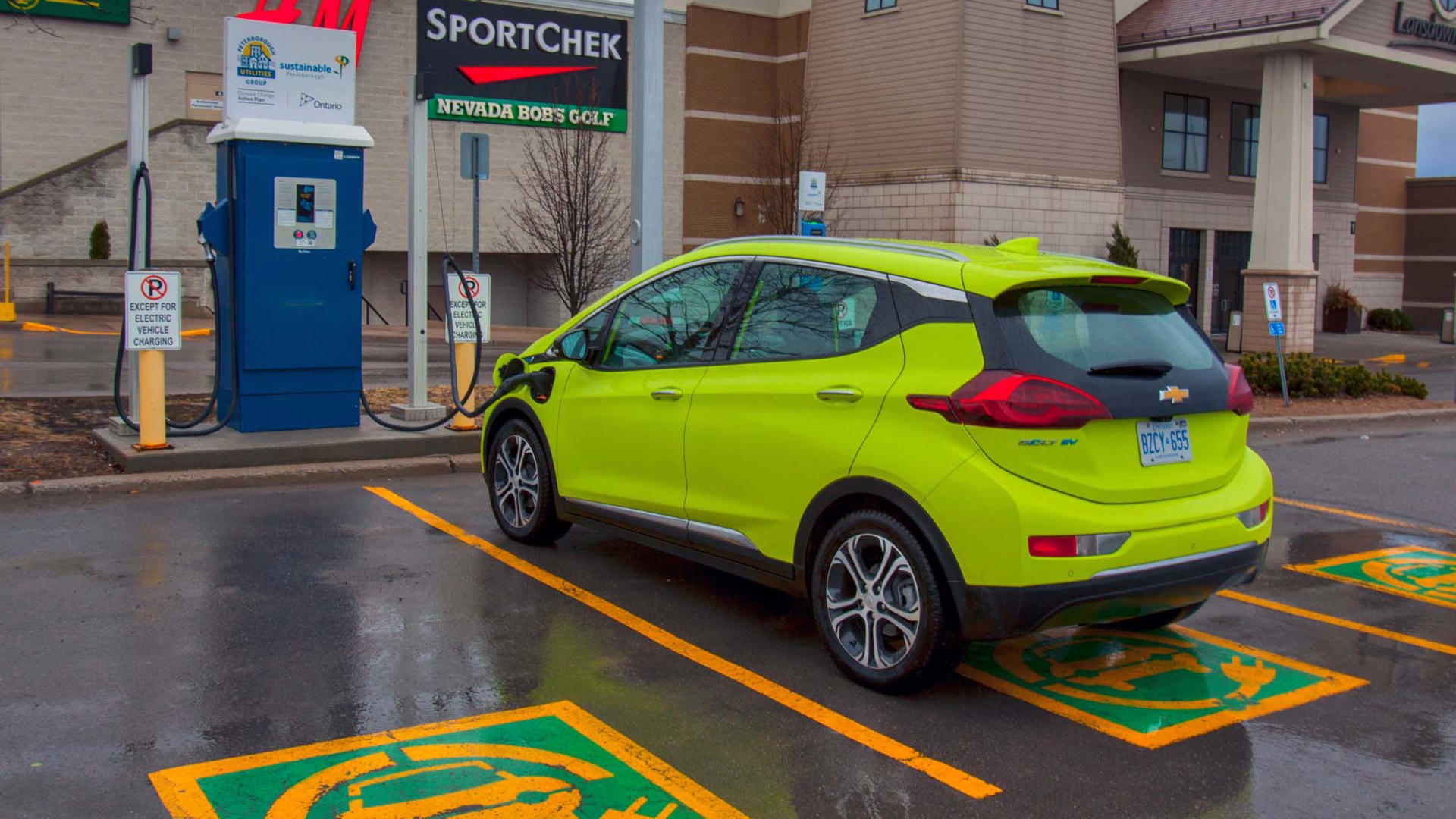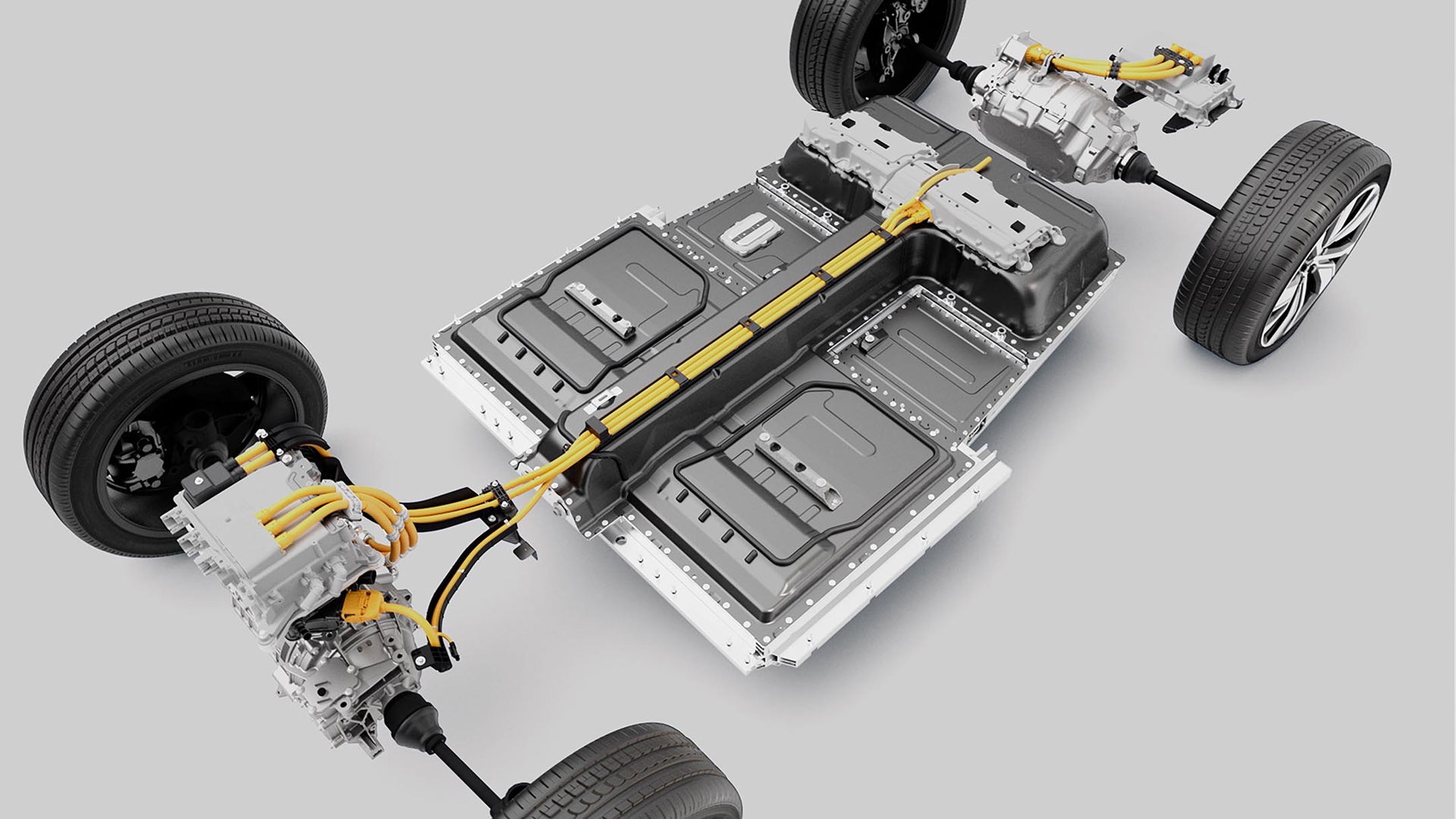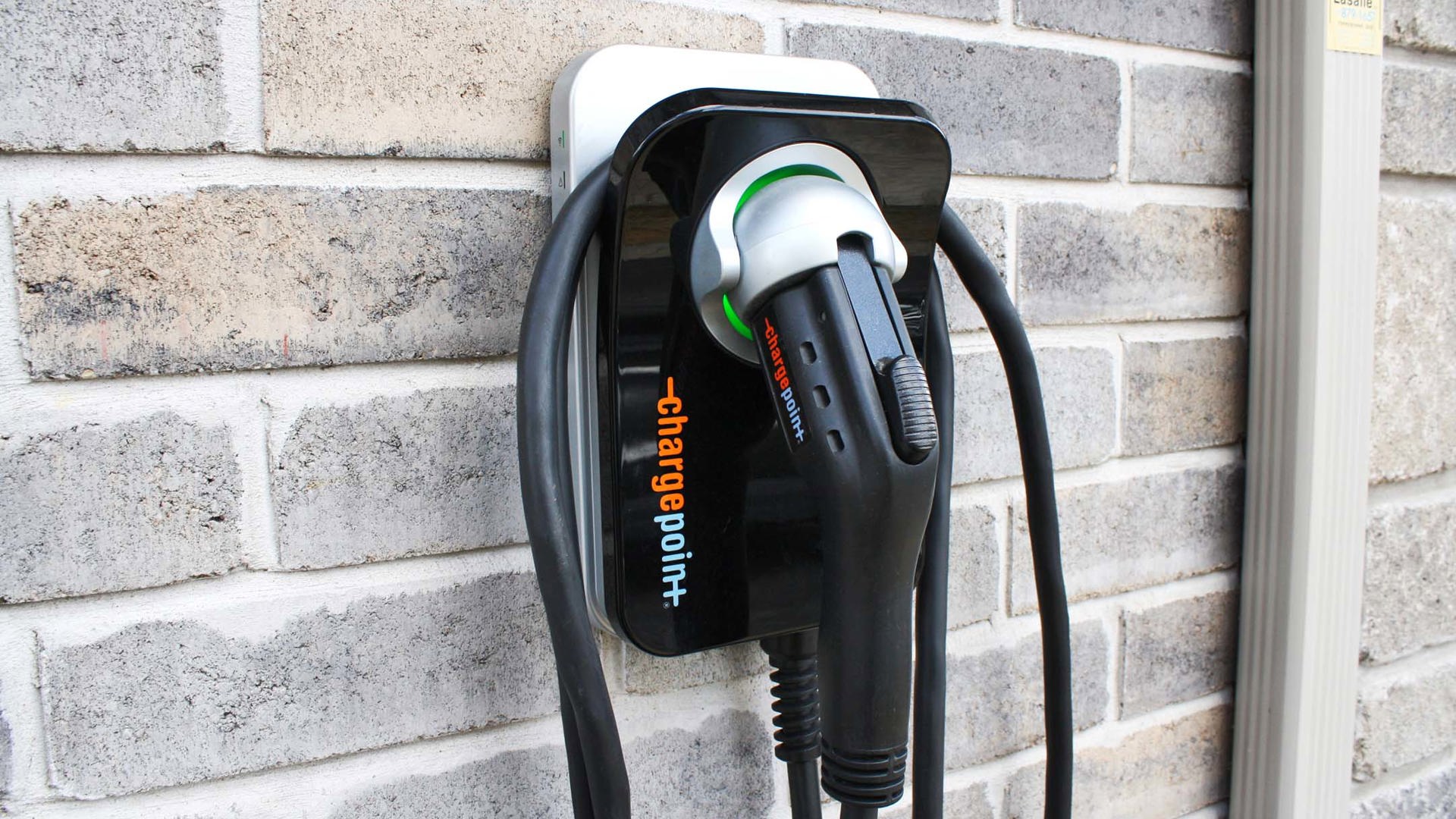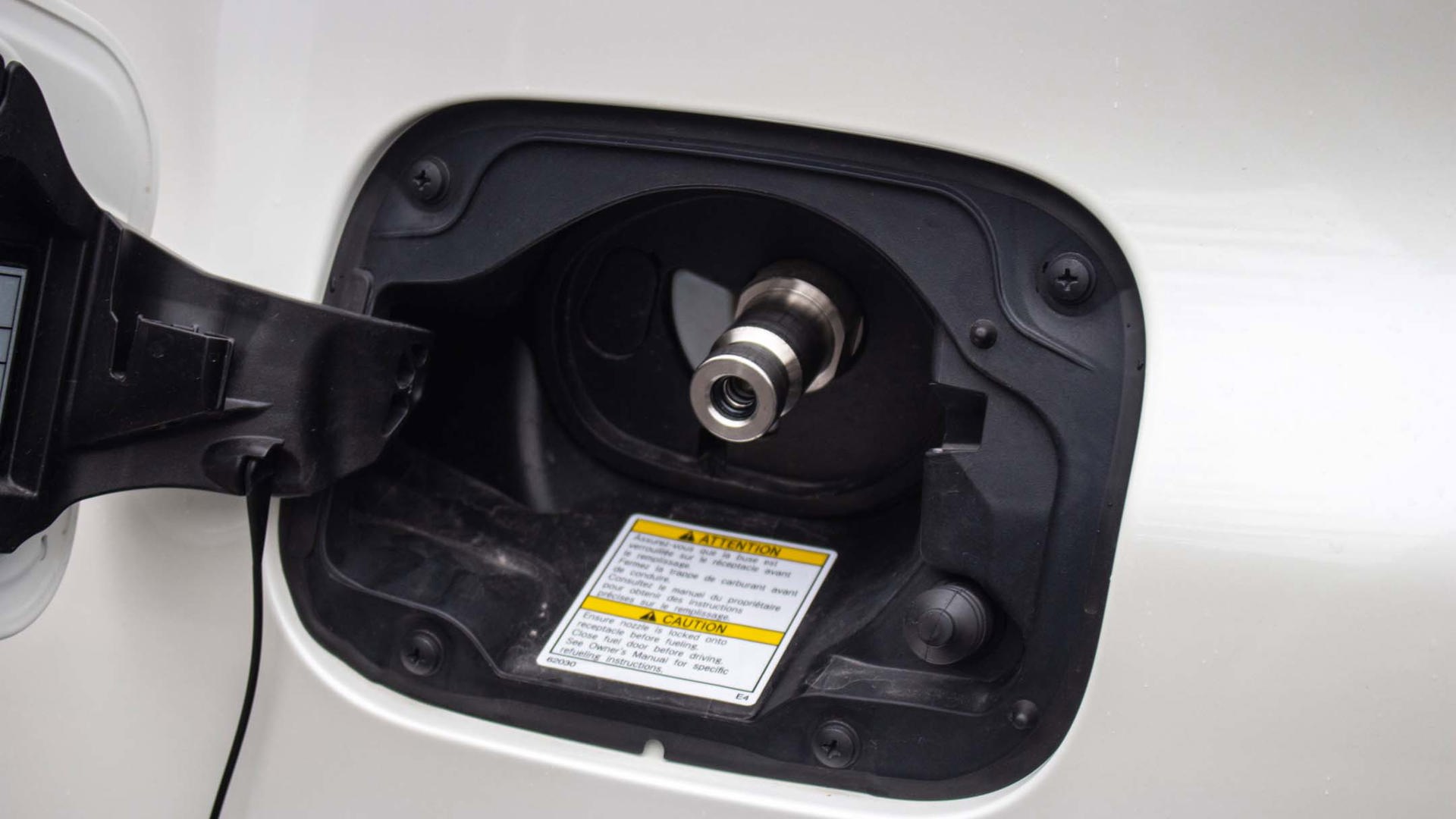We all know the gasoline that powers our cars is flammable, which is why automakers have built conventionally powered vehicles with structures like firewalls to make them safer. Additionally, certain precautions are taken at collision scenes to clean up spills and prevent further damage or injuries. However, as more vehicles offer hybrid, full-electric, and other types of alternative powertrains, new safety issues need to be addressed.
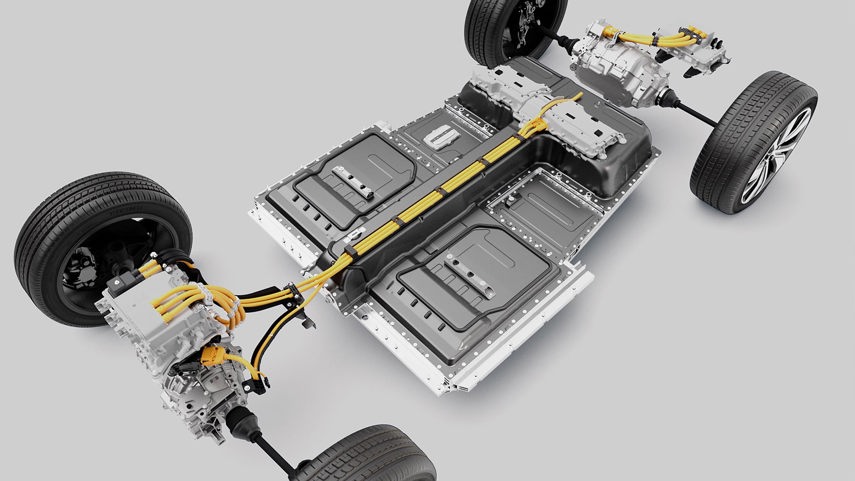
Batteries
Most modern electrified vehicles, including hybrids, use lithium-ion batteries. Considered to be very energy-efficient, lithium batteries boast the ability to store more energy and charge quicker than previous battery types like nickel–metal hydride.
But lithium-ion batteries can be dangerous in certain situations if they aren’t controlled properly. Maybe you’ve seen the headlines about EVs catching fire or even exploding. Investigations have found that software within the batteries themselves might have malfunctioned, leading to these fires. This leads to a simple question: Are these things even safe?
Honda notes in its guide to first responders dealing with the Clarity Electric that “a damaged high-voltage lithium-ion battery can emit toxic fumes and the organic solvent used as an electrolyte is flammable and corrosive, so responders should wear appropriate personal protective equipment.” The guide even explains that there are risks of renewed or delayed fires when dealing with a lithium-ion battery fire. Indeed, there are a few reports of zombie battery fires that flare up again after being extinguished. Simply put, these cars need different approaches and specific safety considerations.
As dangerous as that sounds, it isn’t the only hazard posed by lithium-ion batteries. The fluid inside the batteries themselves is extremely corrosive and dangerous to human skin. And, of course, there’s the risk of serious electrical shock from touching damaged battery components.
Fortunately, the Clarity Electric, as well as other EVs and hybrids, has been built to keep the battery components isolated and safe in the event of a crash, meaning the battery shouldn’t pose a risk to occupants and first responders, and that a minimal amount of battery liquid – if any – will leak out in a serious crash.
Honda uses a very advanced simulation system to predict how the structure of its cars will react in a crash, then uses that data to beef up the safety. “Our simulations include alternative fuel vehicles, hybrids, and batteries; and they have to protect these components like a whole other passenger compartment,” says Kishore Pydimarry, Honda’s principal engineer of crash simulations. “There’s no room for intrusion.”
Other automakers like Toyota and Polestar heavily brace and enclose the battery components to ensure they stay safe in a crash.
Beyond the structure, there is some smart software as well, with the ability to shut down high-voltage components when a collision occurs.
In the upcoming Polestar 2, a fully electric car, the battery pack is automatically disconnected in the event of a collision.
Honda says that in the case of a collision, the supplemental restraint system (SRS) determines its seriousness and will then send a signal to turn off the high-voltage system, ensuring the vehicle is safe for first responders and occupants. The automaker also has a very robust set of instructions for turning off the high voltage system in case the SRS system hasn’t done its job.
Instructions can vary, from simply holding the ignition button for three seconds, to cutting the negative 12-volt battery or current-converter cables. Other electrified vehicles have similar instructions. Tesla, for example, has special labels on its cables that describe where and how to cut them safely.
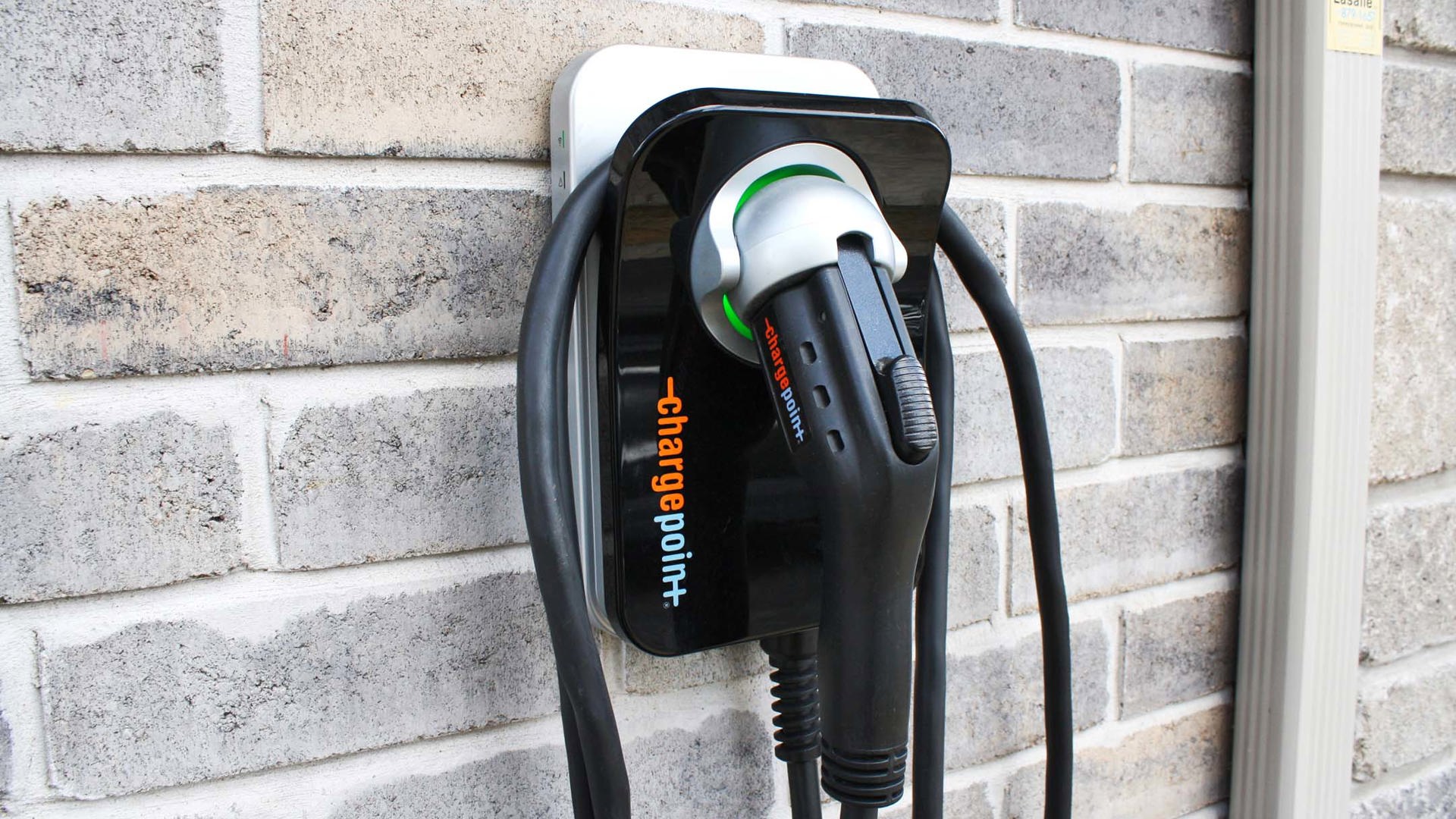
Charging Safety
Full electric and plug-in hybrid vehicles have another important safety concern: charging. At-home charging stations can be purchased from Amazon, for example, and may lack the safety certifications necessary to be reliable. Check to see if the home charger you’re looking at conforms to the standards by UL, ETL, or CSA; which are in place to determine the safety and reliability of these crucial components. Chargers can also be purchased from retailers that ensure their items meet the approved safety standards. Home chargers should also be installed by a certified electrician to ensure that safety is adhered to in every way.
There are safety standards for public charging stations and fast chargers as well, but these typically have to be met in order to be installed. Next-generation fast chargers from Tesla and Porsche, for example, have so much energy flowing through them that they actually have to be liquid-cooled in order to be used safely. The same goes for the batteries. Think about your phone battery while it’s being charged; it can get pretty hot. This happens with EV batteries as well, and the temperatures of these batteries have to be controlled in order to maintain their effectiveness as well as their safety.
General Motors uses liquid cooling for its Volt, while the Nissan Leaf uses air cooling. There are different approaches for this as different applications can add weight or use more electricity, which can impact efficiency.
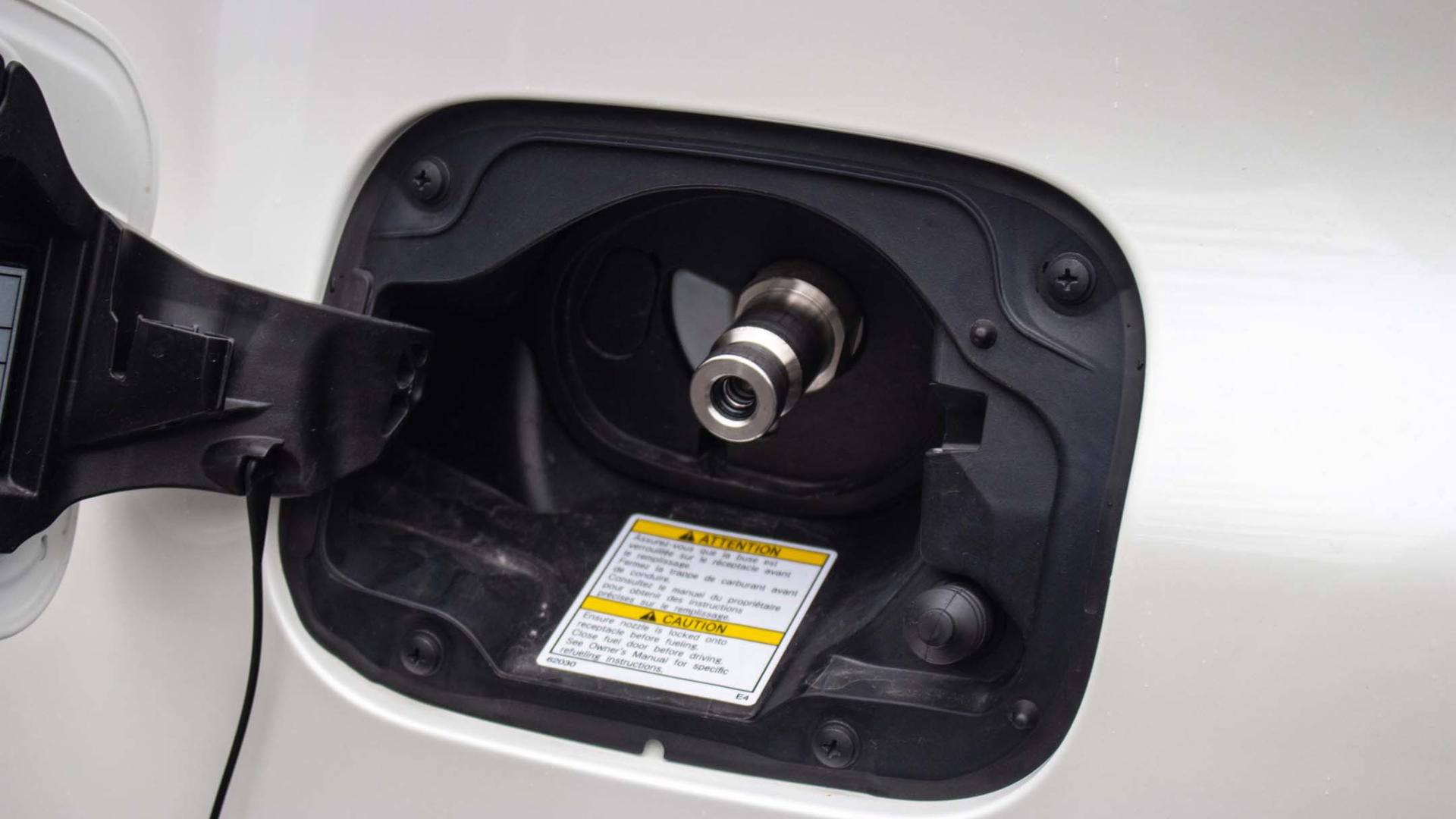
Hydrogen Fuel-Cell Vehicles
Another alternative fuel source found in vehicles on our roads – though with far less frequency – is hydrogen. There are only a few hydrogen fuel-cell vehicles available to Canadians, namely the Toyota Mirai and Hyundai Nexo. Both have hydrogen storage tanks and convert that fuel into electricity to power the drive wheels. The by-product of that conversion is just water, making hydrogen vehicles very environmentally friendly.
However, it seems any time “hydrogen” is mentioned the Hindenburg disaster is immediately brought up – a misconception in more ways than one. Hydrogen-powered vehicles can be safer than gasoline-powered cars in many ways, including hydrogen’s propensity to dissipate harmlessly in the event of a leak. Compare that to a gas leak in an internal combustion vehicle, where the fuel sits on the ground, posing a potential hazard.
The tanks that house hydrogen are also designed to be tough and withstand leaking. For example, the Toyota Mirai’s tanks are wrapped carbon fibre and can withstand a shot from a .50-calibre bullet without leaking. The tanks in the Hyundai Nexo are also extremely tough, as they have to house hydrogen compressed to 10,000 psi.
To prevent any heat-induced explosions, hydrogen tanks feature a relief device that will vent the tanks before anything dangerous happens. If the tanks do get pierced, they will vent in a managed way. There are plenty of sensors in these vehicles that are waiting to detect unexpected hydrogen, and if something is out of the ordinary, they can shut the whole system down and stop the vehicle before it becomes dangerous.
Since the hydrogen tanks are designed to prevent an explosion, that leaves the high-voltage electrical components for first responders to properly disable, preventing electrical shock in the case of a crash.
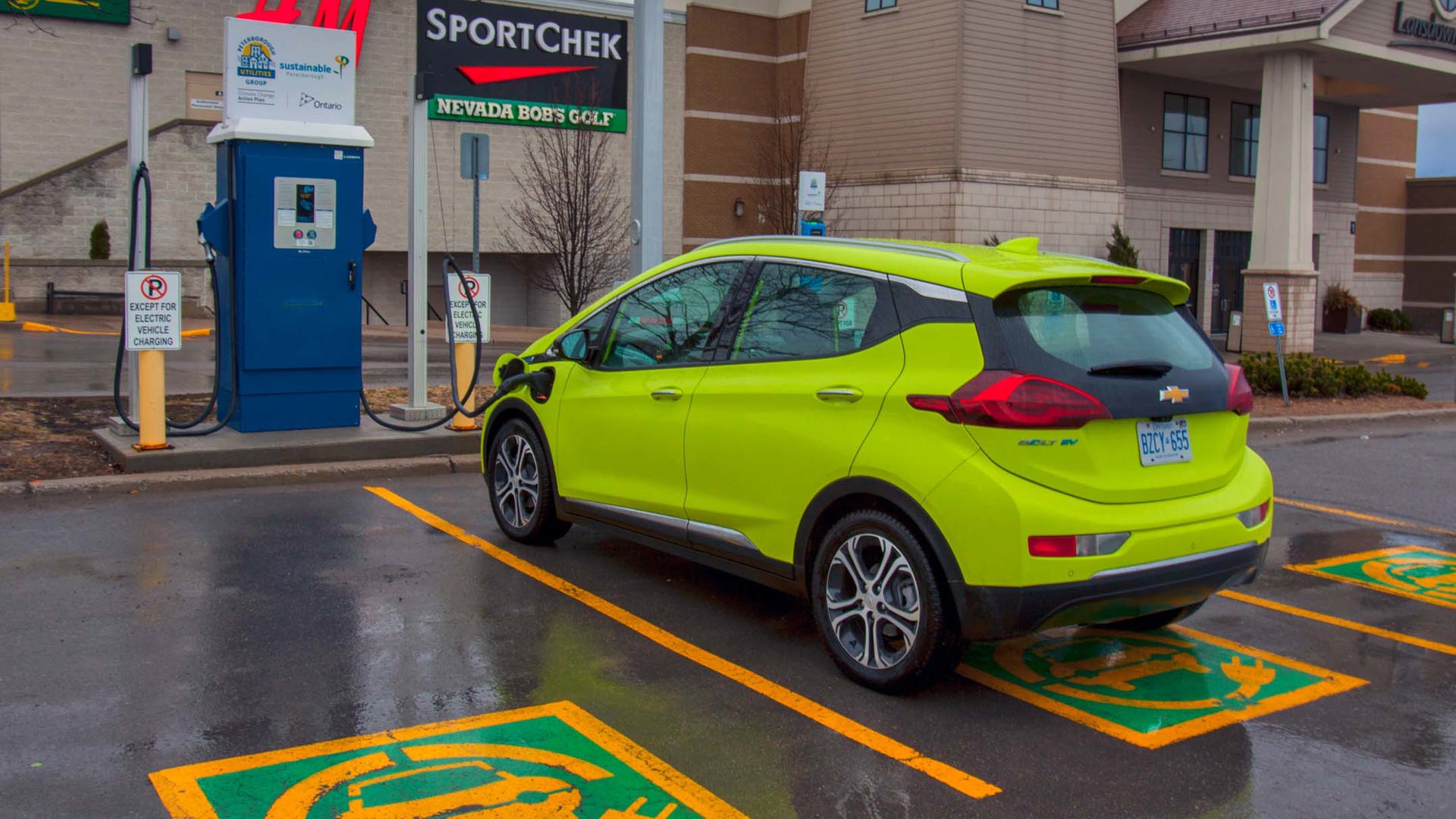
Are You Safe?
Hybrids, plug-in hybrids, hydrogen fuel-cell, and battery electric vehicles all have additional components compared to conventionally powered vehicles. Their very structures have to accommodate these components, and that can present a number of challenges when it comes to crash safety. For example, additional mass is harder to manage in a crash. However, safety engineers have had success in ensuring that occupants are protected in a collision.
Hybrids like the Kia Niro, Honda Insight, Toyota Camry, Toyota RAV4, and Lexus NX 300 have all earned the Top Safety Pick Plus rating from the Insurance Institute of Highway Safety (IIHS), which is the best score the institute awards, giving consumers confidence that these are among the safest vehicles on the market. Other vehicles that have achieved the same rating include the plug-in hybrid version of the Kia Niro, Audi e-Tron EV, and Hyundai Nexo hydrogen fuel-cell vehicle.
Maybe you remember Samsung’s infamous Galaxy Note 7 recall, the result of phones that could overheat and catch fire or even explode. This was due to weak internal components that couldn’t control or regulate voltages within the battery. The battery powering a smartphone is a fraction of the size of one powering a vehicle, yet these kinds of stories are very rare in the automotive world. You can thank the efforts of the many safety engineers who are ensuring the battery compartments in EVs and other electrified vehicles, as well as the fuel tanks in fuel-cell vehicles, are managed appropriately and kept as safe as the occupants inside in the event of a crash.
